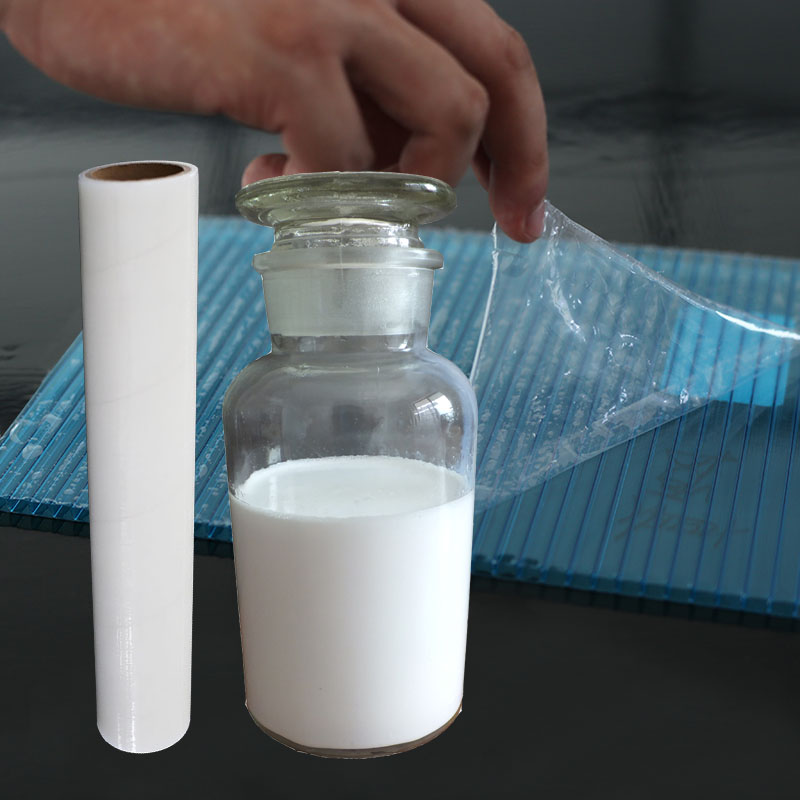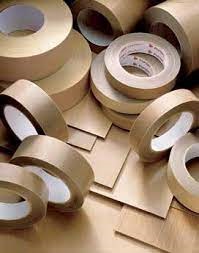The use of pressure-sensitive adhesive tape
As the use of pressure-sensitive adhesive tape has expanded over the years, performance requirements have become increasingly demanding.
Adhesives have been used for a variety of marking, securing, protecting, sealing and masking purposes. Adhesive tape generally includes a backing or base and adhesive.
Pressure sensitive adhesives (PSA) are well known to general technicians in the field and have certain characteristics including: (1) strong and permanent adhesion, (2) adhesion at no more than finger pressure, (3) sufficient retention to the adhesive body, and (4) sufficient cohesion strength.

Materials that have been found to work well as pressure-sensitive adhesives are polymers that have been designed and formulated to exhibit the desired viscoelastic properties, resulting in the desired balance of viscosity, peel adhesion, and shear strength. The most common polymers used to prepare pressure-sensitive adhesives are various (methyl) acrylate copolymers, natural rubber, synthetic rubber, and siloxane. As the use of pressure-sensitive adhesive tapes has expanded over the years, performance requirements have become increasingly demanding. For example, in terms of operating temperature and load, the shear holding capacity that was expected to support moderate loads at room temperature has been substantially increased for many applications.
In fact, many specific applications require pressure-sensitive adhesives to support loads under high stress conditions, such as, for example, exposure to intense weathering conditions or under intense use during which pressure-sensitive adhesive tapes are subjected to high mechanical and/or chemical stresses.

When used for outdoor or external applications, pressure sensitive adhesive tape must be in a variety of challenging conditions such as exposure to the wide temperature range with maneuverability, and specifically in extreme temperature, such as for example in up to 40 ℃ 90 ℃ high temperature or low to provide acceptable performance under low temperature. Other challenging conditions in the context of this disclosure include exposure to strong winds or heavy rain, which can often occur in transportation and construction market applications.
In modern transportation and construction market applications, the need to reduce the weight of components has led to the increasing use of composite and thermoplastic materials, which are known to be challenging substrates for adhesives to bond to. In the motor vehicle and aerospace manufacturing industries, numerous external components are actually made from so-called LSE and MSE materials (i.e., substrates with low and medium surface energies, respectively).

Leave a Reply
Want to join the discussion?Feel free to contribute!